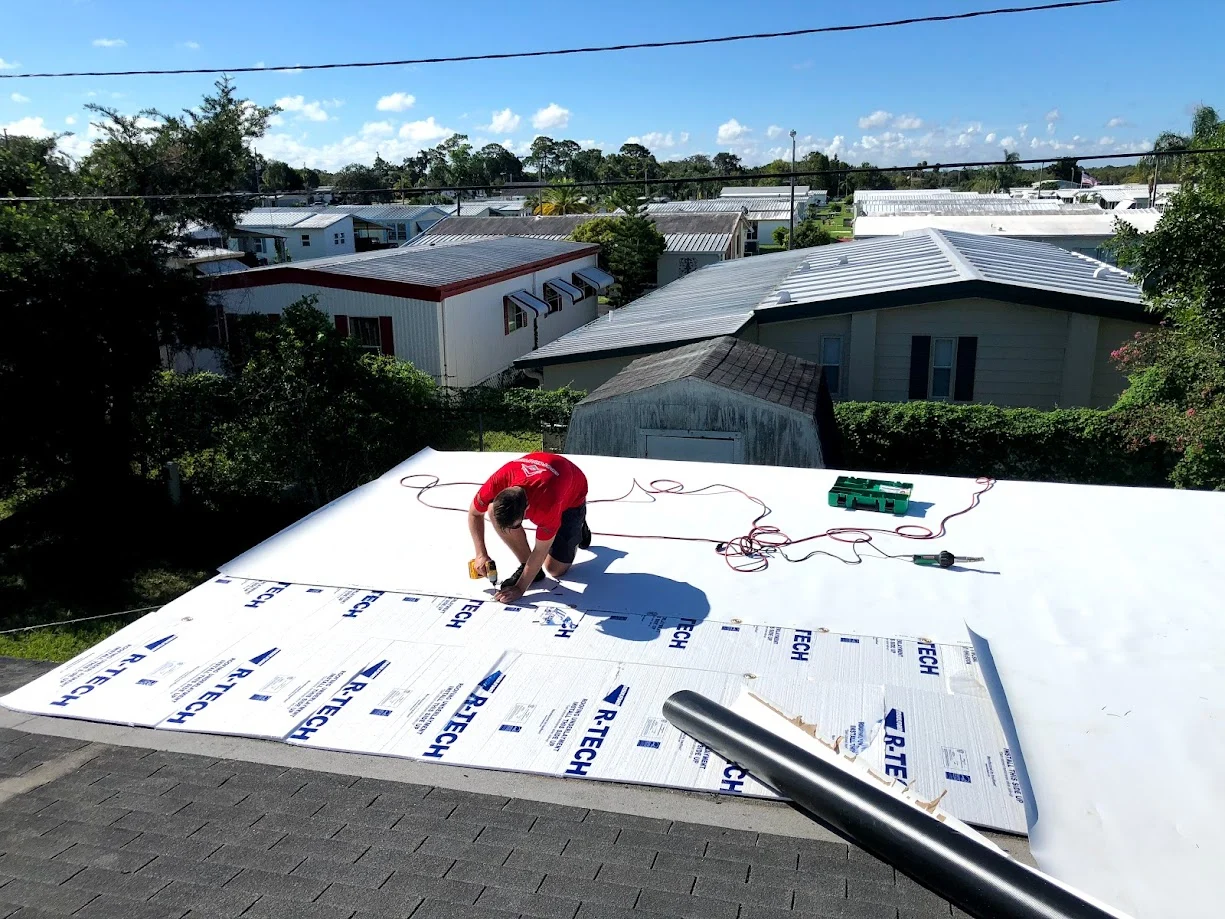When it comes to choosing a roofing style for your home, a flat roof offers unique advantages and aesthetic appeal that many homeowners appreciate. Additionally, maintaining any type of residential roofing system, including flat roofs, through timely repairs is crucial to ensure longevity and efficiency. This article will explore the benefits of having a flat roof and provide essential tips on residential roofing system repair.
Understanding the Advantages of a Flat Roof
Flat roofs are a popular choice, particularly for modern, minimalist home designs. They offer several practical and aesthetic benefits that make them an appealing option for many homeowners. Here’s why a flat roof might be the right choice for your home:
- Versatility: Flat roofs can be used as additional outdoor living spaces. Depending on the structure of your home, you might be able to use this space for a rooftop garden, patio, or even solar panels, which can provide energy savings.
- Cost-Effectiveness: Generally, flat roofs are cheaper to install than pitched roofs because they require fewer materials and can be completed faster. This makes them a cost-effective option for many homeowners.
- Accessibility: Due to their flat nature, these roofs are easier to inspect and maintain. This accessibility makes handling repairs, cleaning gutters, and installing fixtures like satellite dishes much simpler.
- Space Efficiency: Flat roofs allow for better utilization of interior space. Without the sloped walls that pitched roofs create, you get more usable space, which is particularly advantageous in attic areas or top floors.
Residential Roofing System Repair: Ensuring Longevity and Durability
Regardless of the type of roof, ongoing maintenance and timely repairs are essential to avoid significant damage and costly replacements. Here are key considerations for Residential Roofing System Repair:
- Regular Inspections: Conduct regular inspections of your roof to identify any signs of wear or damage early. Look for cracks, blisters, and seams that may have started to come apart. Catching these issues early can prevent more extensive, expensive repairs later.
- Dealing with Water Pools: Flat roofs need to be particularly watched for pooling water. Standing water can be a sign of improper drainage, and over time, it can lead to leaks or structural damage. Make sure your roof has adequate drainage and that it’s clear of debris that can block water from flowing freely.
- Check for Membrane Damage: Many flat roofs have a waterproof membrane that can be susceptible to punctures or tears. Inspecting this layer regularly and repairing any damage promptly is crucial to maintaining the roof’s integrity.
- Professional Repairs: While some minor repairs might be manageable on your own, it’s important to hire professionals for more complex issues. Experienced roofing contractors have the tools and knowledge necessary to safely and effectively repair roofing systems, ensuring the work is done right.
Conclusion
Flat roofs offer numerous benefits from their aesthetic appeal to their functional advantages in terms of cost and space efficiency. Like all roofing types, however, they require regular maintenance to stay in good shape. By understanding the specific needs of your roofing system and adhering to a regular maintenance schedule, you can extend the life of your roof and ensure it continues to protect your home effectively. Remember, when it comes to roof repairs, especially more significant ones, relying on professional roofing contractors is often the best approach to ensure safety and quality.

Leave a Reply